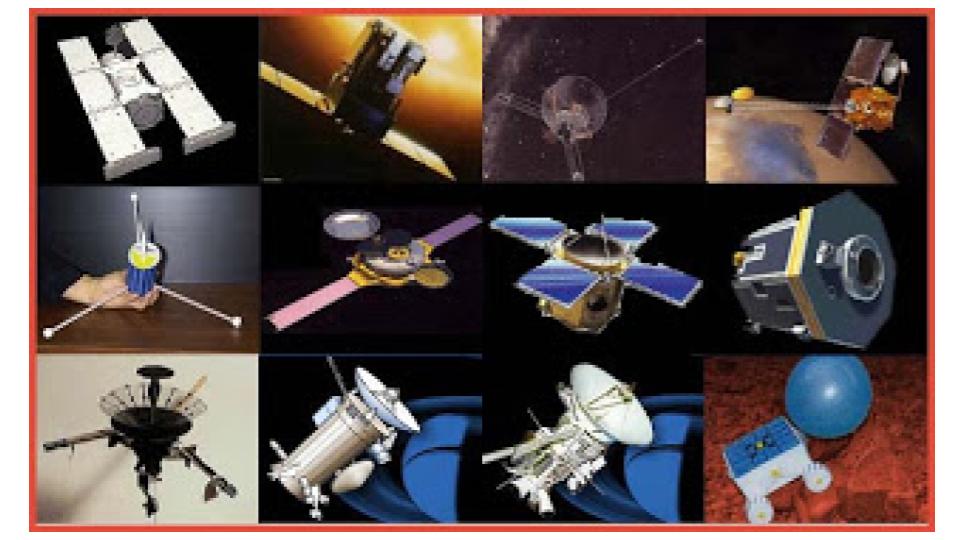Today is the first Friday in May. That means it is National Space Day!
What better way to celebrate the day is there than by building your own fleet of model space observatories?
On the NASA website there are printable models of a number of spacecraft. Links to all of the models can be found on the Universe Spacecraft Paper Models page. There you can download and print:
Hubble Space Telescope (First of the Great Observatories)
Compton Gamma Ray Observatory (Second of the Great Observatories)
Chandra X-Ray Telescope (Third of the Great Telescopes)
James Webb Telescope (there are several versions to choose from)
There are also printable models of European Space Agency spacecraft:
Cassini-Huygens (simple version)
Cassini-Huygens (complex model)
Philae Lander (this is a zip file)
Gala: Instructions & Parts
XMM-Newton (this is a zip file)
There are lots of other paper models of real and fictional spacecraft online, but this is a great start for creating a personal fleet. Several hung together make a very impressive mobile.
I have held programs where I had the various models displayed around the room, along with short ‘biographies’ of the spacecraft, explaining what the on-board sensors are and what they are searching for. I encourage everyone to spend a bit of time walking around looking at the models and reading their info sheets.
Then we gather in the center of the room and discuss the models – their favorites and why, what they liked and what they didn’t. Then we really get busy. I pass out blank paper to everyone and they go to stations having the drawing tools of their choice: pencils, crayons, or markers. The activity begins with them brainstorming about the spacecraft they would create if they could. They draw it on their paper, diagramming the various parts. They have to have a communication system so that their craft can receive and send messages to Earth. There have to be sensors of some kind so that their craft can collect data/information to send to Earth. They need to consider a propulsion system and navigation system. If they want their craft to return to Earth, they need to consider how it will do that. Or will it land on another body in our solar system? I touched on these ideas as I talked to the group about the models around the room. When people have drawn and diagrammed, and written a description of their spacecraft, they get to move on to the next step.
On tables around the room I have a wonderful collection of various recyclables, as well as tape, glue sticks, double-sided tape, etc. The participants are invited to create their own spacecraft/space telescope in 3D using these materials. They collect what they need and find a place to work away from the supply tables.
Once the spacecraft are built, there is another station where construction paper, crepe paper, sequins, beads, bits of aluminum, etc can be found with which to decorate the fabulous spacecraft.
At the end of the program everyone is invited to show off and describe their creations to the group. Of course there is a group picture of the next generation space fleet before they take their ships home.





Well, you have officially made our next rainy weekend! I can’t wait to try this at home. Your library program sounds amazing! I would love to do something similar once we return to in person experiences in our library. Thanks so much.